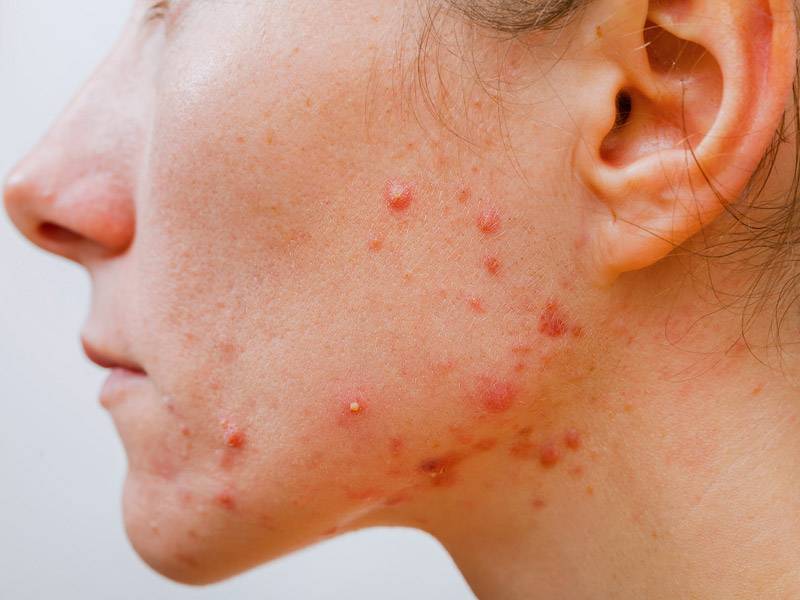Acne is a common skin condition that affects people of all ages, but it is particularly prevalent during adolescence. While the exact causes of acne are multifactorial and can vary from person to person, there are several key reasons why it appears most often in teenagers. In this article, we will explore these reasons in detail.
Hormonal Changes:
One of the primary reasons for acne development in teenagers is the surge in hormones during puberty. Both boys and girls experience an increase in androgen hormones, such as testosterone, which stimulate the sebaceous glands in the skin to produce more oil. This excess oil production can clog the pores, leading to the formation of acne lesions.
Increased Sebum Production:
During adolescence, the sebaceous glands in the skin become more active, producing larger amounts of sebum. Sebum is an oily substance that helps lubricate the skin and hair. However, when there is an overproduction of sebum, it can mix with dead skin cells and bacteria, leading to the formation of comedones (clogged pores) and subsequent acne breakouts.
Follicular Hyperkeratinization:
Teenagers often experience a process known as follicular hyperkeratinization, where the cells lining the hair follicles shed excessively and clump together. These clumps of dead skin cells can mix with sebum and block the follicles, resulting in the formation of comedones. When these comedones become inflamed, they can progress to papules, pustules, nodules, or cysts, which are the more severe forms of acne.
Bacterial Overgrowth:
The skin naturally harbors a bacterium called Propionibacterium acnes (P. acnes). While P. acnes is generally harmless, an overgrowth of this bacterium can contribute to the development of acne. The increased sebum production and clogged pores provide an ideal environment for the proliferation of P. acnes, leading to inflammation and the formation of acne lesions.
Genetic Predisposition:
There is evidence to suggest that genetics play a role in acne susceptibility. If both parents have a history of acne, their children are more likely to develop it as well. Certain genetic variations can influence sebum production, inflammation response, and overall susceptibility to acne-causing bacteria.
Lifestyle and environmental factors:
Teenagers often face lifestyle and environmental factors that can exacerbate acne. Poor diets, high in processed foods and sugar, can contribute to inflammation and hormonal imbalances, potentially worsening acne symptoms. Additionally, certain cosmetics, oily skincare products, and tight-fitting clothing can trap sweat and oil on the skin, promoting acne formation.
Emotional Stress:
The teenage years are a time of significant emotional and psychological changes. Stress and emotional upheaval can trigger hormonal fluctuations, which, in turn, can worsen acne symptoms. The relationship between stress and acne is complex, with stress potentially influencing both the onset and exacerbation of acne.
In conclusion, acne is most often seen in teenagers due to a combination of hormonal changes, increased sebum production, follicular hyperkeratinization, bacterial overgrowth, genetic predisposition, lifestyle factors, and emotional stress. Understanding these underlying factors can help teenagers and their parents take appropriate measures to manage and treat acne effectively. It is important to consult with a dermatologist or healthcare professional for personalized advice and treatment options tailored to individual needs.


